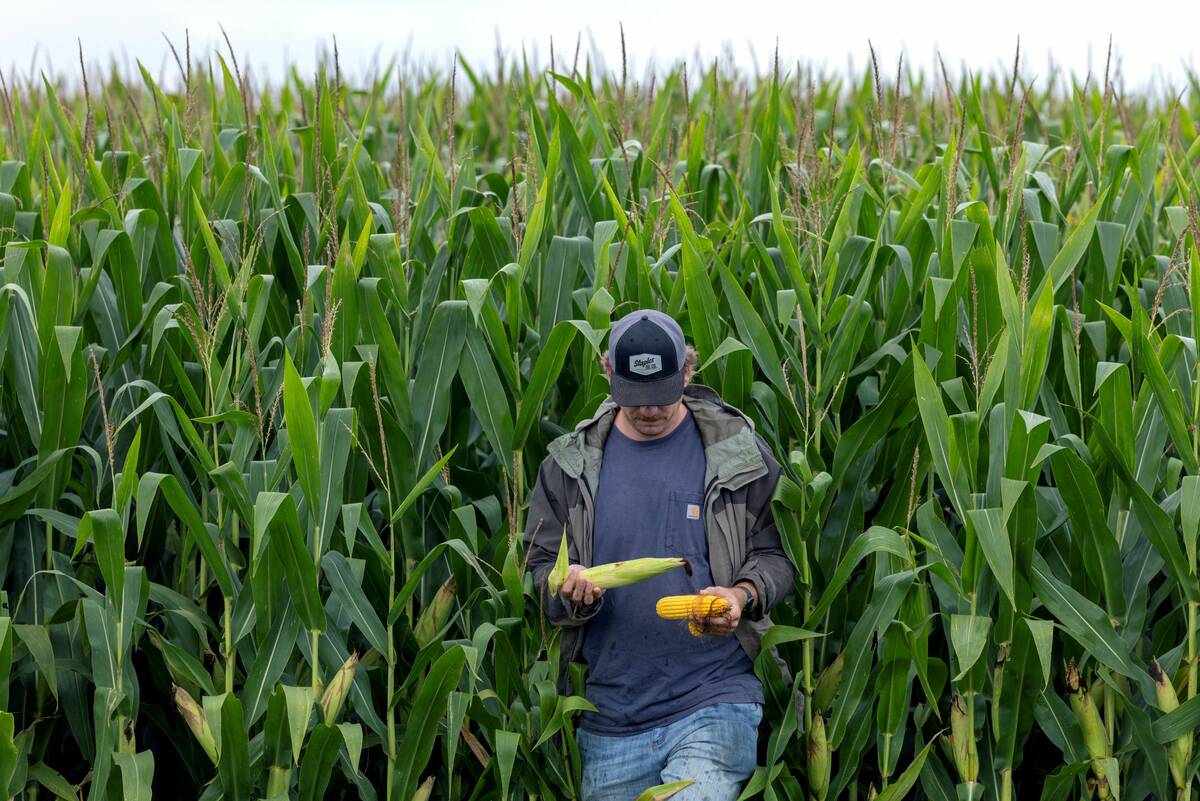(Resource News International) — Ample feed barley supplies, together with a lack of strong demand, have kept activity in the feed barley market relatively quiet, according to an Alberta feed grains merchant who expected activity to pick up once more cattle start to come on feed.
“There seems to be a lot of barley out there, but consumption is slow,” said Neil Slingerland, president of Newco Commodities at Coaldale, Alta. Feedlots were starting to bring in cattle, he said, but the demand for feed was still slow.
Read Also

The U.S. corn crop could be the biggest ever. That’s terrible news for America’s farmers.
The USDA predicts a record corn crop for U.S. farmers, who question the agency’s accuracy amidst high debt and low crop prices.
“They’ll start eating in November when it gets cold,” he commented.
With U.S. corn values jumping higher in recent weeks, Slingerland thought barley would have also been more bullish. However, that wasn’t the case and “it just shows you that there is much more volume of barley than there are consumers.”
Corn remains too expensive to work its way into Canadian rations, but Slingerland said it was still very cost effective to bring in U.S. dried distillers grains with solubles (DDGS). The byproduct of ethanol production was displacing some of the barley in feed rations, he said.
While the feedlots are only buying on a hand-to-mouth basis for now, Slingerland said farmers could still find good opportunities for forward-pricing in the futures.
Spot bids for barley in the key Lethbridge feeding area are currently in the $133-$139 per tonne area.
Futures contracts traded on the ICE Futures Canada platform, which are also deliverable to Lethbridge, are currently around $150 per tonne for November delivery. Looking farther out, the January contract is currently trading at $156.60; March is at $164.60.












